After premiering in Mexico City last January, the film Free Fall by visual artist Miguel Calderón in on view at the Fototeca Latinoamericana, Buenos Aires, and Luhring Augustine, New York. Accompanied by a series of objects and photographs related to the video, the installation continues the artist’s research on themes of power, violence, and the animal instinct of human nature.
By Àngels Miralda | Images courtesy of the artist and kurimanzutto
Àngels Miralda: In Free Fall the protagonist, Camaleón (chameleon), explains how, from an early age, his life has been full of violent experiences. How do you place him in the context of a larger society in this intimate filmic portrait that mixes his work life with his passion for falconry?
Miguel Calderón: I made this document of my friend Camaleón because he told me he was suffering from convulsions; he would fall, lose consciousness, and become violent. I caught myself thinking about how he used the falcon to escape from reality (as I did during my teenage years) and I made the association to the free-fall of the predatory bird to kill its prey with the falls that Camaleón suffers after his attacks. This thought led to the documentation of Camaleón in his environment and his symbiotic dependence on the bird. When he explained the violent acts that surrounded his life over the course of many years, I was able to expand on the themes of violence, survival, and human existence compared to animal instinct.
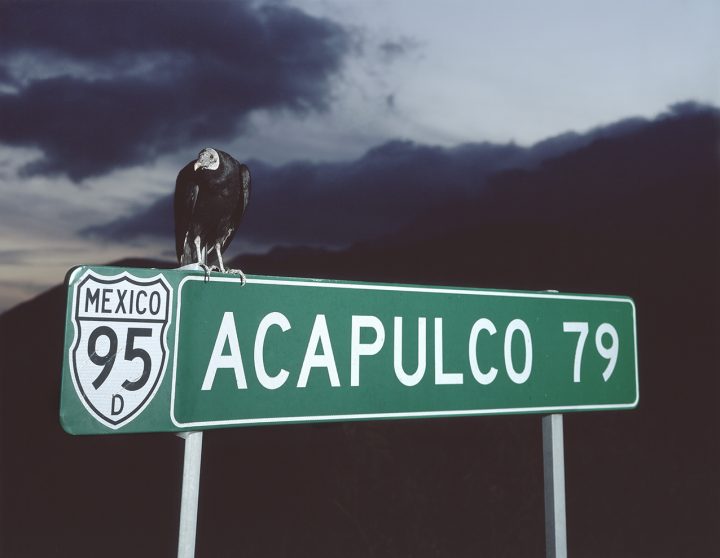

AM: Camaleón works as a bouncer in Mexico City nightclubs. When these scenes are in the film the music is removed. These silences as well as his words give him a critical distance from the women dancing to the music. How do emotions also tie with instinct to Camaleón?
MC: Sometimes Camaleón’s relationship with his female falcon uses parallels of a partner. He makes constant analogies between the falcon catching prey and him prowling for women. Camaleóns physical appearance is intimidating but I didn’t want to make a portrait only of his dark sides. From a young age he has been a bouncer at various venues in Mexico City and was always surrounded by people, but he has difficulties in forming a meaningful connection with others. His relationship with the falcon is evidence of a fragile character and the pain that he bears after the series of violent episodes he describes in the film. Falconry provides him with a symbiotic relationship and the catharsis of a vicarious kill.
AM: The height of the falcon’s flight is a symbol of an independent and spontaneous creature. Camaleón feels his dependence on the animal and is overtaken by nightmares in which he loses the bird. Can you elaborate on the connection between power and terror in relation to the potential violence indicated by Camaleón’s numerous scars?
MC: He has been involved in various near-death situations as if the limits of life were a dare. Seeing the falcon drop prey gives him satisfaction because it is so close to death. In the same way, he finds some inner peace when he loses sight of the bird behind clouds or huge distances. In parts of the film that are not in the final cut he made it clear that each time he experiences a violent episode the only way he can escape it is to fantasize about having sexual relations with his falcon. Part of this is about the animal instinct and the fact that the falcon does not have human needs. Losing this grounding element in his life is his worst nightmare.
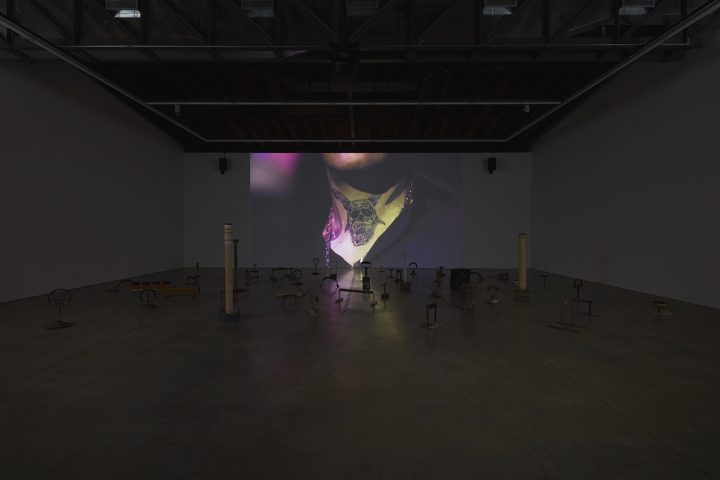
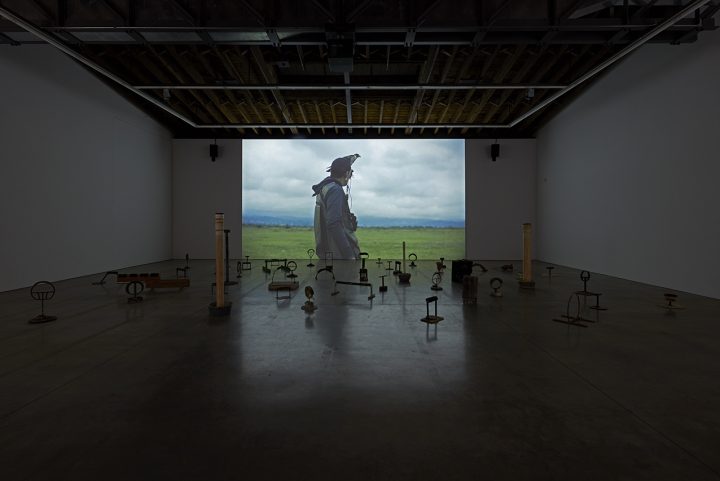
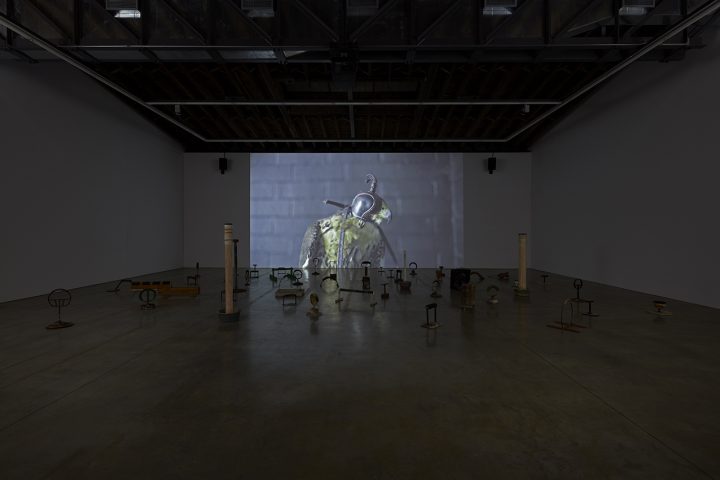
AM: In nature the chameleon camouflages itself by changing its color to match its surroundings. Do you think this is a common trait in human beings within structures of society?
MC: Camaleón is not named chameleon based on a similarity with the animal, in fact, he does the opposite. He doesn’t change himself to fit into any environment. The violence that surrounds him have marked him through the scars so his past is inescapable. Camaleón confessed to us between laughter that his penis is like the tongue of a chameleon: longer than the length of his body and that’s the reason he was given this nickname. On the other hand, I find the ability to change and adapt mentally and physically to any environment or social context a great skill that only certain people have.
AM: Which parts of human nature does Camaleón share then with society at large?
MC: This video was possible thanks to the friendship that I developed with Camaleón over a long period of time. I was able to get to know him in a very personal way. The project also brought me closer to the team that was involved in the production of the video. We worked together like a symphony and only in this collaborative way were we able to work accomplish everything. The extreme devotion that Camaleón displays to falconry continues even in an alienating environment. When making artwork I feel a similar hostility from the world while trying to create my own reality. That’s why I am interested in people who create their own worlds and avoid the dictates of modern society.
A big part of my work involves negotiating with people and systems within our societal structure; it dictates the result of my projects. The very limits of the artwork are the starting point of my interest in social dynamics and play into the same game. I believe that actions performed by individuals can provide insight into society at large. Like Camaleón, I also grew up on the margins of society and I feel alien to certain conventions. This project serves as a reflection and a pretext to study and understand my own identity and character.
AM: At the Fototeca Latinoamericana the title of the exhibition is “Contemporary Mexico.” What is the most important reference to the current situation in Mexico to your work?
MC: Honestly I didn’t know what the title would be when they invited me to the exhibition. They brought together three Mexican photographers to create separate solo exhibitions and I decided it was a good moment to go through my archive of photographic material. Apart from the three of us being Mexican, our work is completely different. Mexico is like an awful girlfriend that you just can’t leave for whatever reason. I am constantly confronted by Kafkaesque situations. Even with these negative aspects, not a specific issue but the country itself continues to be a huge influence and inspiration to my work.
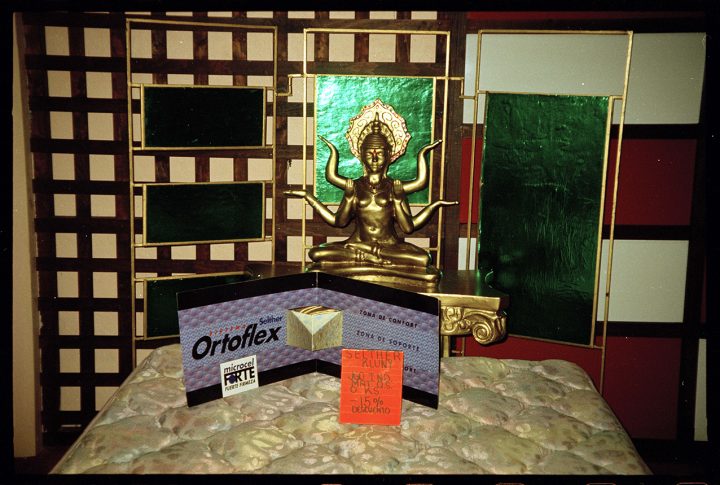
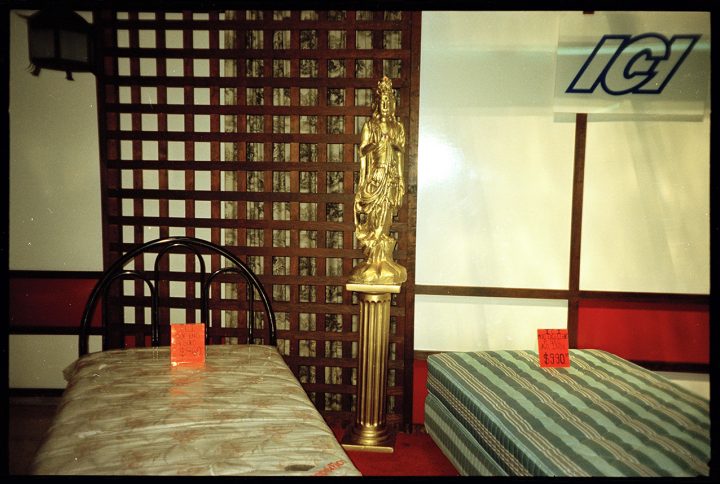
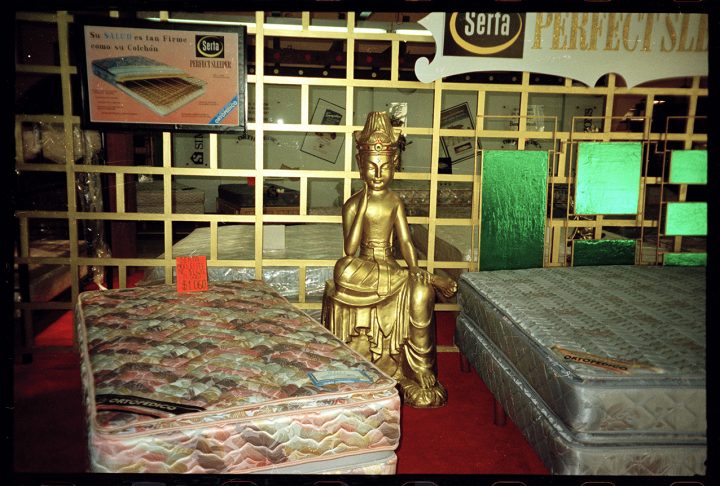
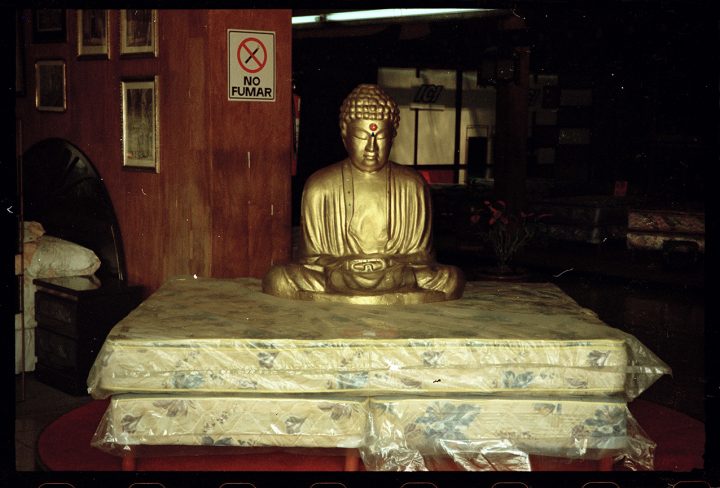
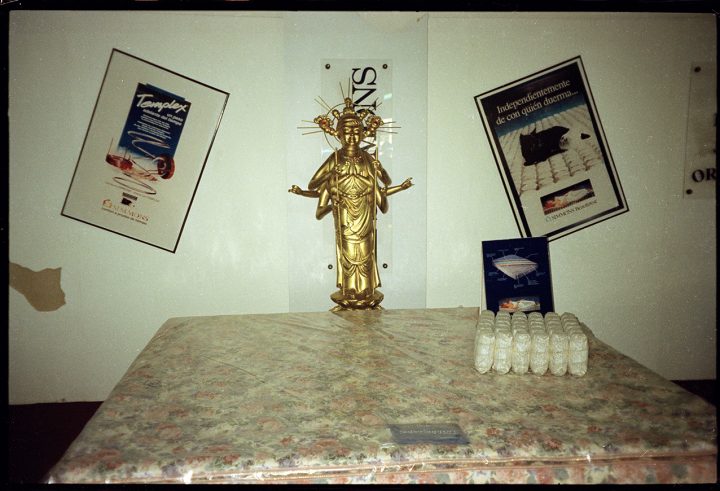

 Español
Español